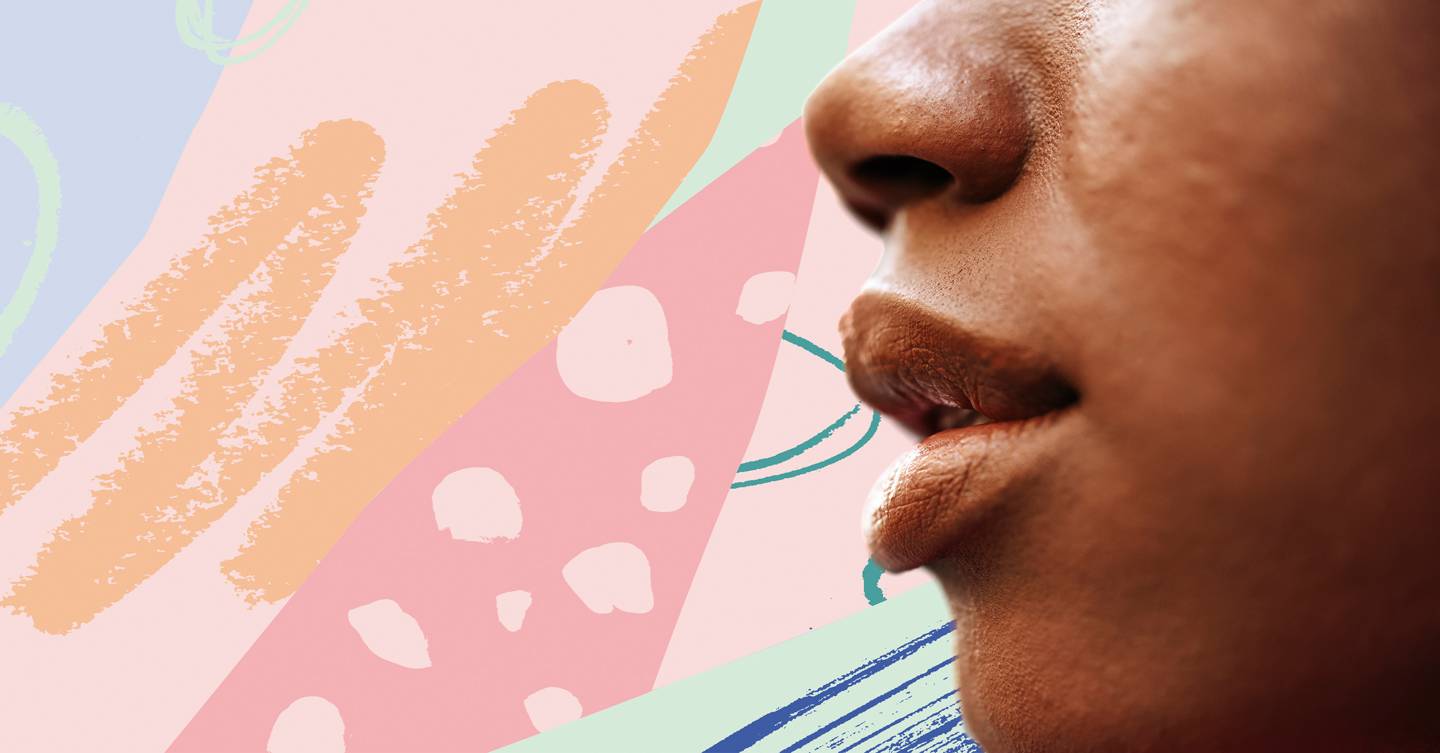The bad news is that because of melanin, black skin tends to have more noticeable and prominent scarring; which can cause huge amounts of distress. I have the receipts. The good news, however, is that there are many ways to lessen the impact of scarring. Whether you take the DIY at-home route or combine with the professional route, there is a game plan to tackle all forms of scarring.
In my clinic, I tend to see two types of scarring – dark marks which fall under post inflammatory hyperpigmentation and the more textured scarring that can leave skin feeling rough and bumpy.
Why does black skin experience such visible scarring? In one word – melanin. Whilst it is the rich pigment that gives us our skin colour, it is also very sensitive and quick to go into overdrive when the skin suffers any type of trauma, be it a breakout or a cut. This over production deposits extra melanin pigment in the upper layers of the skin hence dark marks which we tend to battle with to achieve a clear complexion.
A further type of scarring that skin can experience is atrophic scarring, which is when the skin takes on a more textured appearance with visible depressions on the surface. This is more as a result of acne where the skin suffered severe inflammation perhaps with cysts, papules, postules and even those painful nodules that live under the skin. This can also be accompanied by stubborn discolouration.
In order to get the best solution, it’s important to know what type of scar you’re working with. If it’s just the tell-tale dark marks left over from a spot that we’re all familiar with and have experienced from time to time, then start by looking at your skincare routine.
Is it addressing your core needs and preventing you from experiencing spots and breakouts? Using a light exfoliating cleanser with alpha hydroxy acids in the morning and evening will help remove old skin cells and excess oil that contribute to breakouts. The exfoliation will also help the discolouration fade quickly. If your skin is tolerant then opt for something with glycolic acid such Skin Better Science Oxygen Infusion Wash which also has salicylic acid to decongest the pores.
Also start fighting dark marks even before they appear by making sure your daily skincare includes Tyrosinase Inhibitors. Don’t know what they are? These are clever ingredients such as Alpha Arbutin, Kojic Acid, Liquorice extract and Niacinamide that interfere with the production of melanin, thereby preventing dark marks from developing. Include them for long enough and you will notice that even if you get the odd dark spot, it doesn’t hang round for months on end. I’ve recently tried the Glossier Super Glow with Vitamin C and can report back that it does what it says on the tin. You can boost it by adding their Super Pure, which has Niacinamide to also help smooth your complexion.
Adding a Vitamin A into your night time routine is also a sure fire way to tackle pesky dark marks, my top pick is a clinic fave, Osmosis MD Clarify, it’s more powerful than retinol but without the irritation and bothersome dry skin can follow when you first start using Vitamin A.
Is your scarring more textural due to damaged collagen and elastin in the deeper layers of skin? And you’ve been left with either rolling scars which give a wavy look to the skin or ice pick scars that appear like tiny holes especially on the cheeks or even sharp and well defines boxcar scarring? Then you want to be doing all of the above to maintain optimum skin health, but it’s also key to include regular resurfacing treatments that stimulate young collagen bundles to re-plump and smooth the surface of the skin.
Microneedling and laser fit the bill perfectly and are safe for black skin under the care for an experienced practitioner. With laser, check that the clinic is using the ND: YAG laser device as it is the most appropriate for darker skin tones. Anything else and you’re asking for trouble and possibly even more scarring. It’s more challenging to treat old scars so the earlier you start treatments, the better your outcome.
All is not lost though if you’ve let things slide. Hyaluronic acid fillers can be used on some scars if they are old or quite deep to revolumise the skin. Take note, injectables can only be done by a doctor or nurse so choose your pro carefully.
As with everything skin related, don’t forget a generous helping of sunscreen to prevent further hyperpigmentation and damage to collagen. I’m currently loving Estee Lauder Multi Defence Aqua UV Gel SPF 50, which is kind to the skin with anti oxidant protection as well as completely undetectable on black skin.
